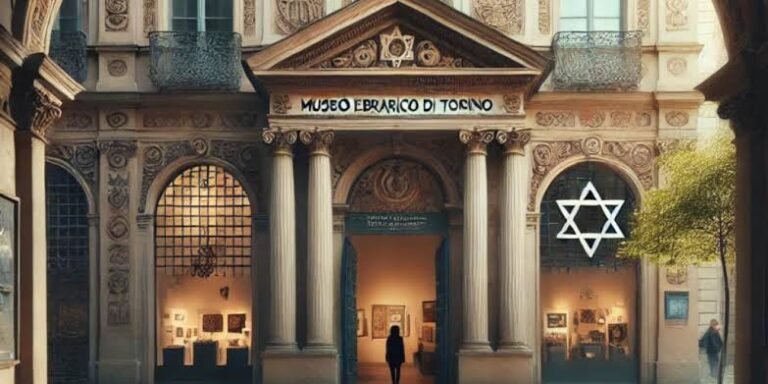
Ancient art has always held a special place in our hearts, connecting us to the cultures and civilizations that came before us. From the mysterious cave paintings of Lascaux to the intricate sculptures of ancient Greece, ancient artz offers a fascinating glimpse into the lives, beliefs, and creativity of our ancestors. But what exactly makes ancient art so captivating, and why is it still relevant today? In this blog post, we will dive into the world of ancient artz, exploring its origins, significance, and lasting impact on the world of art.
Introduction to Ancient Artz
Ancient artz is not just about old paintings or sculptures; it’s a window into the past, allowing us to see how ancient civilizations expressed themselves and communicated their ideas. These artworks were more than mere decoration; they often held deep religious, social, and political meanings. By studying ancient artz, we gain valuable insights into the values, beliefs, and daily lives of people from long ago.
This blog post will take you on a journey through time, exploring various forms of ancient artz, their cultural significance, and their enduring influence on modern art. Whether you’re an art enthusiast or just curious about history, this exploration will give you a deeper appreciation of the beauty and complexity of ancient artz.
The Origins of Ancient Artz
The origins of ancient artz date back tens of thousands of years. Some of the earliest known artworks are the cave paintings found in regions like France and Spain. These prehistoric masterpieces, such as those in the Lascaux caves, depict animals, hunting scenes, and symbols that may have held spiritual significance. These early artists used natural pigments and simple tools to create their works, laying the foundation for the development of art in human society.
As human societies evolved, so did their artistic expressions. The ancient Egyptians, for example, are renowned for their monumental artz, including the construction of pyramids, the creation of intricate hieroglyphs, and the painting of elaborate tomb murals. These artworks were often tied to religious beliefs and the afterlife, reflecting the Egyptians’ deep spirituality.
In ancient Mesopotamia, artz took on a more political role, with kings commissioning grand statues and reliefs to demonstrate their power and divine favor. Similarly, in ancient Greece, artz became a way to celebrate human achievement and beauty, as seen in the stunning sculptures of gods, athletes, and philosophers.
Cultural Significance of Ancient Artz
Ancient artz was not just an aesthetic pursuit; it played a crucial role in shaping and reflecting the cultures of the time. For many ancient civilizations, art was a way to communicate with the divine. In ancient Egypt, for instance, art was deeply intertwine with religion. Temples, tombs, and other sacred spaces were adorne with art that depicted gods, goddesses, and the journey to the afterlife. These artworks were believe to hold magical properties that could protect the dead and guide them in the afterlife.
In ancient Greece, artz was also a way to celebrate and immortalize human achievements. The Greeks placed a high value on physical beauty, athleticism, and intellectual prowess, which is evident in their sculptures, pottery, and architecture. The Parthenon, with its majestic sculptures of gods and goddesses, is a testament to the Greeks’ belief in the power of art to inspire and elevate the human spirit.
Similarly, in ancient China, artz was a reflection of philosophical and spiritual beliefs. The art of calligraphy, for example, was not just about writing but was considere a form of meditation and self-cultivation. Chinese landscape paintings, with their serene and harmonious depictions of nature, reflected the Taoist philosophy of living in harmony with the natural world.
The Enduring Influence of Ancient Artz
The influence of ancient artz can still be seen in the modern world. Many contemporary artists draw inspiration from ancient techniques, themes, and styles, reinterpreting them in new and innovative ways. The Renaissance, for instance, was a period of renewed interest in the art of ancient Greece and Rome. Artists like Michelangelo and Leonardo da Vinci studied ancient sculptures and architecture, incorporating classical ideals of beauty and proportion into their work.
Even today, ancient artz continues to inspire and influence. Museums around the world house collections of ancient artifacts, drawing millions of visitors eager to connect with the past. These artworks not only provide a glimpse into the cultures that created them but also remind us of the universal human desire to create, communicate, and leave a lasting legacy.
Conclusion
Ancient artz is more than just a collection of old artifacts; it is a testament to the creativity, spirituality, and ingenuity of our ancestors. By studying these works of art, we can gain a deeper understanding of the cultures that shaped our world and find inspiration in the timeless beauty and significance of ancient artz. Whether you’re an artist, historian, or simply a lover of beauty, there’s something to be learne and appreciated in the art of the ancients.
FAQs About Ancient Artz
1. What is considere ancient artz?
Ancient artz refers to the visual arts created by ancient civilizations, including paintings, sculptures, pottery, and architecture. These works often have religious, cultural, or political significance.
2. Why is ancient artz important?
Ancient artz provides valuable insights into the cultures, beliefs, and daily lives of ancient civilizations. It helps us understand how our ancestors viewed the world and expressed their ideas and emotions.
3. What are some famous examples of ancient artz?
Some famous examples of ancient artz include the cave paintings of Lascaux, the pyramids of Egypt, the Parthenon in Greece, and the terracotta warriors of China.
4. How did ancient artists create their works?
Ancient artists used natural materials like stone, clay, and pigments derived from plants and minerals. They often employed techniques like carving, painting, and sculpting to create their works.
5. How does ancient artz influence modern art?
Ancient artz has had a lasting impact on modern art, inspiring artists to explore themes of beauty, spirituality, and human achievement. Many contemporary artists continue to draw inspiration from ancient techniques and styles.
6. Where can I see ancient artz today?
You can see ancient artz in museums around the world, such as the Louvre in Paris, the British Museum in London, and the Metropolitan Museum of Art in New York. These institutions house extensive collections of ancient artifacts and artworks.







